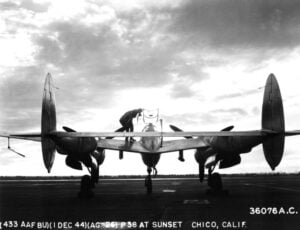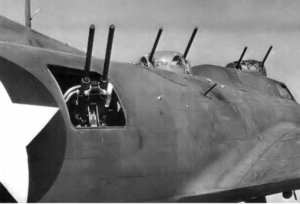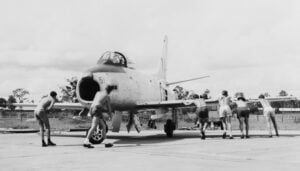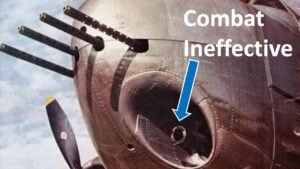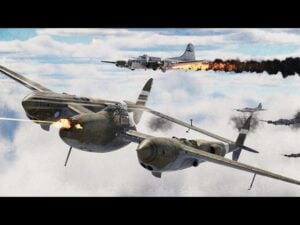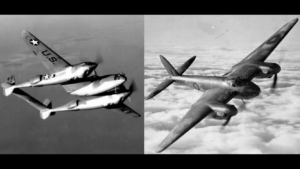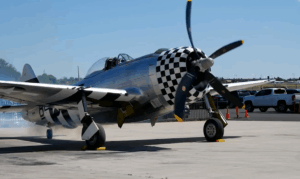Tinian Island WW2 Airfield Brought Back to Life
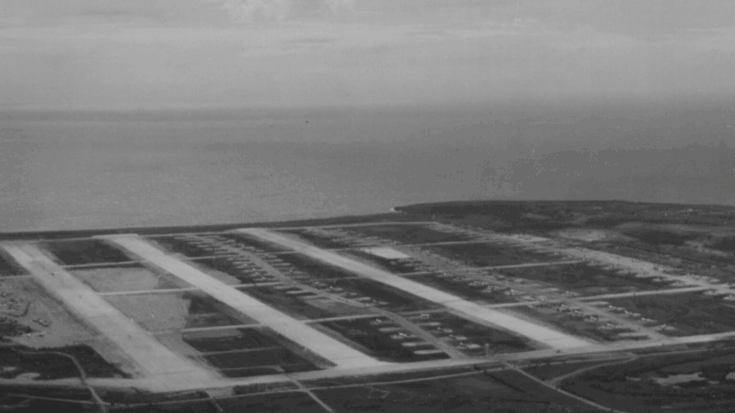
American Veterans / YouTube
A Historic Island With Lasting Importance
Tinian Island, part of the Mariana Islands, played a major role during World War II. Though only about 39 square miles in size, it became home to the largest airfield in the Pacific and a key base for launching bombing missions against Japan. In 1944, U.S. forces took control of the island and began building what would become the primary base for B-29 Superfortress bombers. These included the planes that dropped the atomic bombs in 1945.
Following the war, military activity on Tinian decreased. The runways that once supported hundreds of aircraft slowly deteriorated. Now, decades later, the U.S. military has returned. Engineers from the 513th Expeditionary Rapid Engineer Deployable Heavy Operational Repair Squadron and Navy Seabees are working together to restore the airfield’s original function. Their goal is to bring the base back into usable condition for future missions and training.

Restoration With Respect to the Past
The ongoing project focuses on North Field, once home to four 8,500-foot runways and hundreds of bombers. Engineers have already begun uncovering the old runways, taxiways, and ramps. Because the site is a national historic landmark, all work is being done in cooperation with preservation officials to protect its history. Rather than building new structures, crews are focused on restoring what’s already there.
The project’s scale is significant. Covering around 500 acres, it recalls the original effort in 1945, when 100,000 construction workers built the airfield in a matter of months. Today, a smaller team is using heavy equipment to bring the site back to life. Their goal is not only to preserve history but to prepare for future joint operations in the Pacific. Tinian’s past may once again shape its future.
Keep going for the video below:














